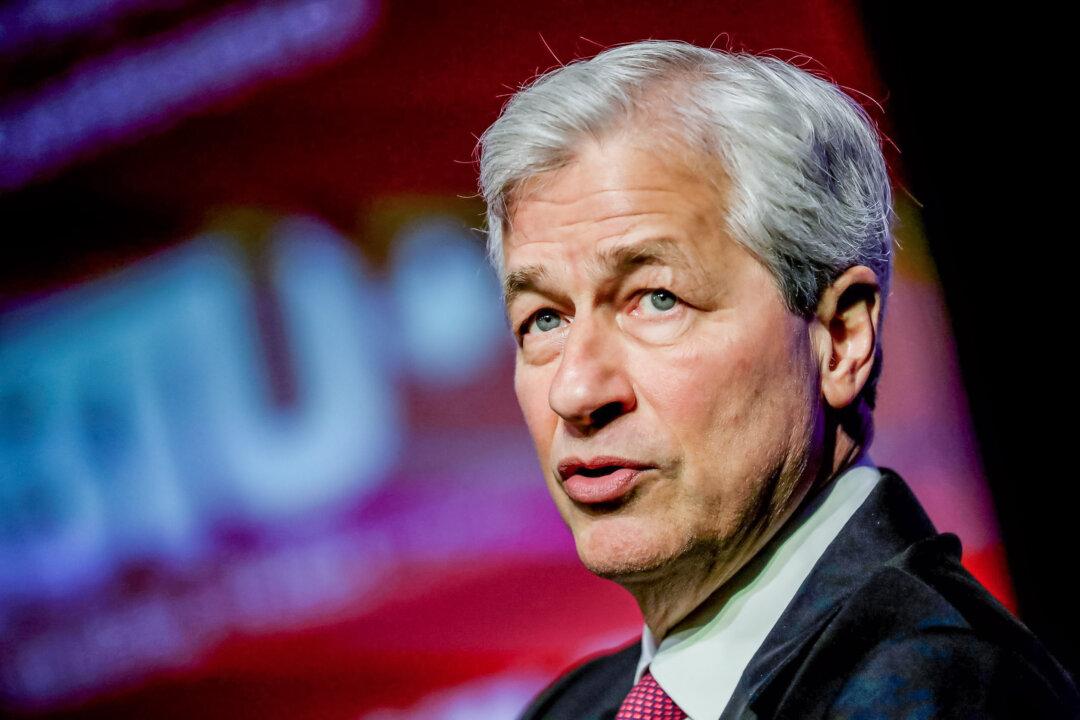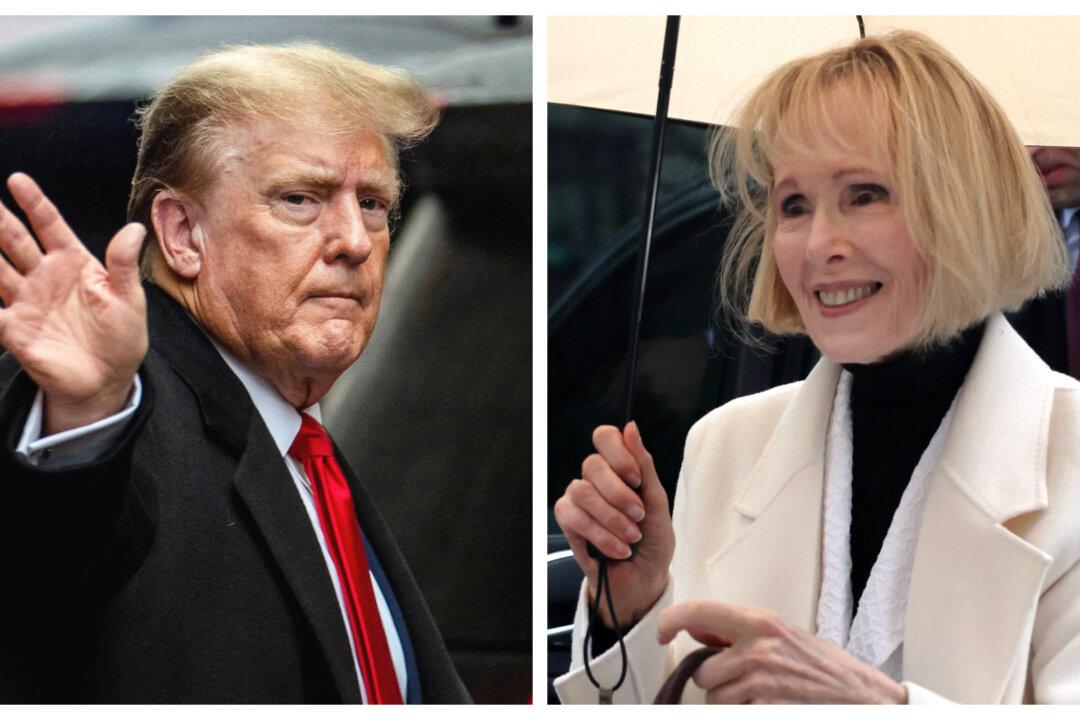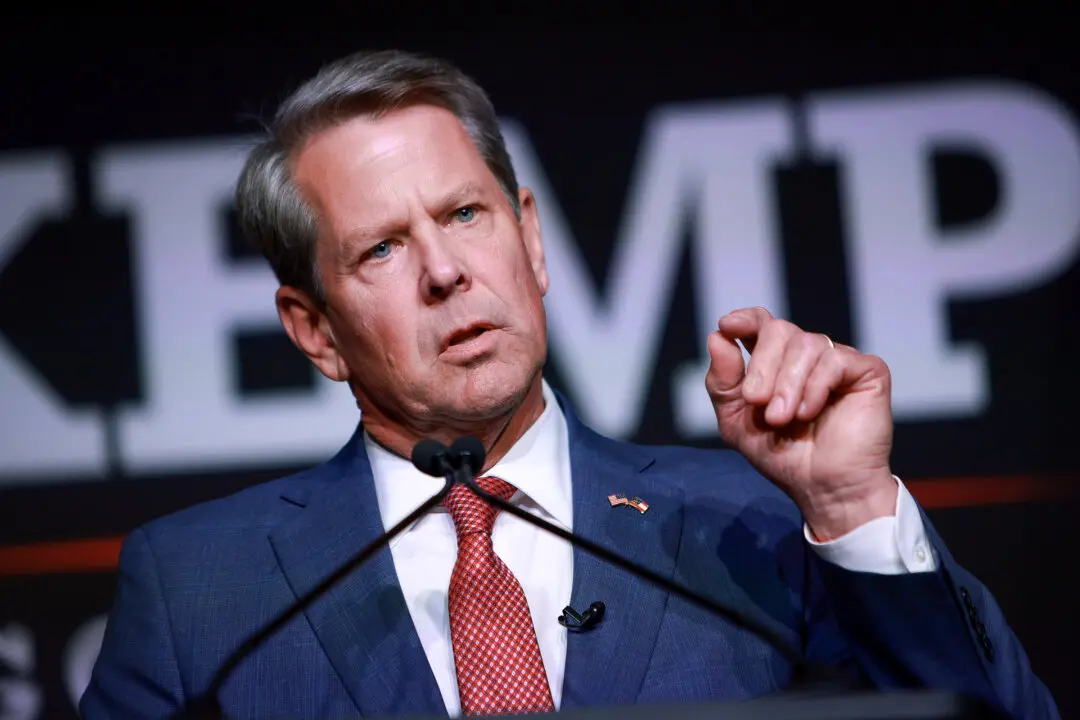VIENNA—“Cash or charge?”
Everything has its price. I’m vacationing in languid Austria, enraptured by mountainous wonders and cultural opulence.
I look up at the smiling receptionist; she sits in stark contrast to the unpleasant inevitability of settling the hotel bill for a room with a jaw-dropping gorgeous view of the Carnic Alps mountain range in the southern state of Karnten.
“Charge.”
Dodged that bullet. Plastic has a way of postponing the pain, but the inevitable catches up sooner or later and the bullet always, inevitably, hits the bone.
Speaking of charge, a hobby of mine is tracing the historic mark that the Polish have left across Europe; these tracks lead to Vienna where the biggest charge known to history took place.
This charge—a cavalry charge—predated the era of plastic by several centuries.
It happened in a time of horses, spears, armor, and wings. Yes, wings: two large, feathered war accoutrements worn by the Polish Hussaria, or winged cavalry, one of the most effective fighting units in history.
The Hussaria were the heroes of the 17th century, at the apogee of an epic military conflict that lasted for centuries between the Ottoman Empire, which was basically present-day Turkey plus some adjoining regions, and the Holy Roman Empire, which was Germany, Austria, and surrounding countries.
To see an artistic rendition of a Hussar is to understand the inevitable intention of their designer: the cavalrymen in their gleaming armor with wings rising above their heads evoked the image of angelic warriors, come to earth with a mission from On High.
Though ultimately only symbolic, the stories of armed angels coming to push the tide of battle in one’s favor, captured the imagination of people in those days and fueled the legend of the Hussaria.
Vienna is about a three-hour drive from Karnten, and probably a shorter trip for the stream of German-built luxury cars that whiz by at warp speeds in the fast lane even though Austrians haven’t formally adopted the German idea of speed-limit-free highways.
In 1683, when the 250,000-strong army of the Ottoman Empire marched to Vienna, it took them much, much longer than it took me to drive to it the other day. And the troops certainly didn’t get a heartfelt “Herzlich Willkommen!,” upon arrival. On the contrary, they were stopped dead in their tracks by heavy fortifications around the city and proceeded to lay siege to Vienna.
The stakes of the siege were high, the Ottomans saw taking Vienna as the key to westward expansion into Europe, which would bring with it the forced Islamification of Christian lands. This was a battle of faith for all sides, not a fight for petty regal interests.
After two months of siege, Ottoman sappers managed to blow several 50-foot breaches in the Viennese ramparts and were preparing to overrun the city. Then the commander of the Holy League forces—the Holy Roman Emperor Leopold I—caught a lucky break.
As it turns out, Leopold had appealed to the Polish king, Jan Sobieski III, for help. And just as the Ottoman forces were marching forward to take Vienna, Sobieski led a massive cavalry charge, the largest in recorded history, spearheaded by 3,000 heavily armed, winged Hussars. Although heavily outnumbered, Sobieski’s forces decimated the Ottoman defense and forced their retreat.
The Battle of Vienna marked the end of Ottoman expansion into Europe and marked the decline of the Ottoman Empire.
Driving into Vienna in an old, borrowed Volkswagen Polo, which maxed out in the slow lane at 93 mph, I roll down the window and stick my hand into the roar of the wind, trying to imagine the sound of the wind in the wings of the Hussars as they thundered toward their trembling quarry…
… “Chaaaaarge!!!”
Global Dispatches: Poland—Poles at the Battle of Vienna
Everything has its price. I’m vacationing in languid Austria, enraptured by mountainous wonders and cultural opulence.

By Tom Ozimek
7/27/2011
Updated: 8/25/2011



